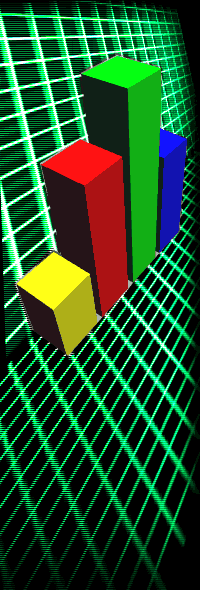Abstract
Determination1
of the chemical shift tensors (measured with respect to a ‘reference’ chemical-compound) require using single
crystals of organic molecules and these are diamagnetic specimen. The chemical shifts arise due to variations in induced fields
at a proton (nuclear) site within a molecule, due to the changes in the electron charge circulations within the molecules
when placed in a strong external magnetic field. The solid-state High Resolution Proton
Magnetic Resonance (HR PMR) techniques yield tensor values measured experimentally, but it becomes necessary to calculate
and take into consideration the intermolecular contributions to the chemical shifts to retrieve the only ‘intra molecular’ shift tensor values. The intermolecular contributions in principle can be contribution
beginning from the molecule which is immediate neighbor and the other molecules which are distant neighbors extending to the
entire extent of the macroscopic specimen. Thus it raises the questions pertinent for taking into consideration the induced
fields from the entire bulk of the specimen at a point within the specimen which typically are the issues in the study of
magnetic materials. Seeking answers to such questions is necessary to validate
the procedures used for the retrieval of the intra molecular values as mentioned above. These questions and, the answers seem
to pave the way to secure certain clarifications pertaining to field distributions within magnetized materials. Thus evolving
a criterion to correct for the bulk specimen shape dependences in the context of the measurement of proton Chemical Shift
Tensor paves the way to unravel the consequences of induced field distributions within the material medium. This path-way,
from molecule to materials, seem to be refreshing the understanding of the requirements
laid out for the specifications of local fields at points within a specimen with bulk magnetization features.
1.INTRODUCTION
In
diamagnetic molecules the electrons, which are all spin-paired, undergo circulatory motions centered on the atomic nuclei
in the molecular frame-work. In the case of diamagnetic molecular systems, there are two electrons in each of the occupied
molecular orbital. The occupancies in molecular orbitals entails the possibility that the charge circulations of the electrons
in the orbitals can be in the opposite directions. Thus even though there are continuous circulations of electrons there can
be cancellations of the induced fields because of the circulations in opposite directions. When an external magnetic field
is applied, there can be preferences established for circulations in one direction over the other alternative direction and
there could be changes in the velocity of circulations and the circulation paths. Such effects in the environment of bonded
atoms can have varying effects significant enough to indicate the electronic structures. It is primarily these differences
in induced fields which are of interest to chemists while investigating spectroscopically, and, in particular using the NMR
Spectroscopic tool.
The situation described above, for a diamagnetic molecule, is entirely with respect to the intra molecular perspectives
for induced fields at the site of nuclei. What compounds this description of induced field at particular site is the fact
that there are contributions to induced fields from other molecules. There are molecules which are in the immediate vicinity as well as from the distant locations in a continuous distribution over the
entire macroscopic extent of the specimen, which at any particular instance, can be a single crystal of organic molecule.
Under the influence of external magnetic field the electronic circulations prevailing are the same in every one of the independently
identifiable equivalent molecules which are present in the crystal. The induced fields due to a molecule at a given site differ
depending upon whether that specified site is occupied by a proton bonded to that molecule or in any molecule located in any
of the other the lattice sites.
It is a fact that the induced fields arising at a site, due to the specified repeating-unit of the electronic structure in the lattice (which is a molecule in
the particular case), must be considered always
inseparably with the induced fields from the other lattice site units.
This makes the estimation of induced fields for a given site to become complicated and laborious to evaluate. While approximations
are resorted to, then the uncertainties in the calculated estimates in conjunction with the accuracies of experimental measurements
render the interpretations to be less conclusive.
